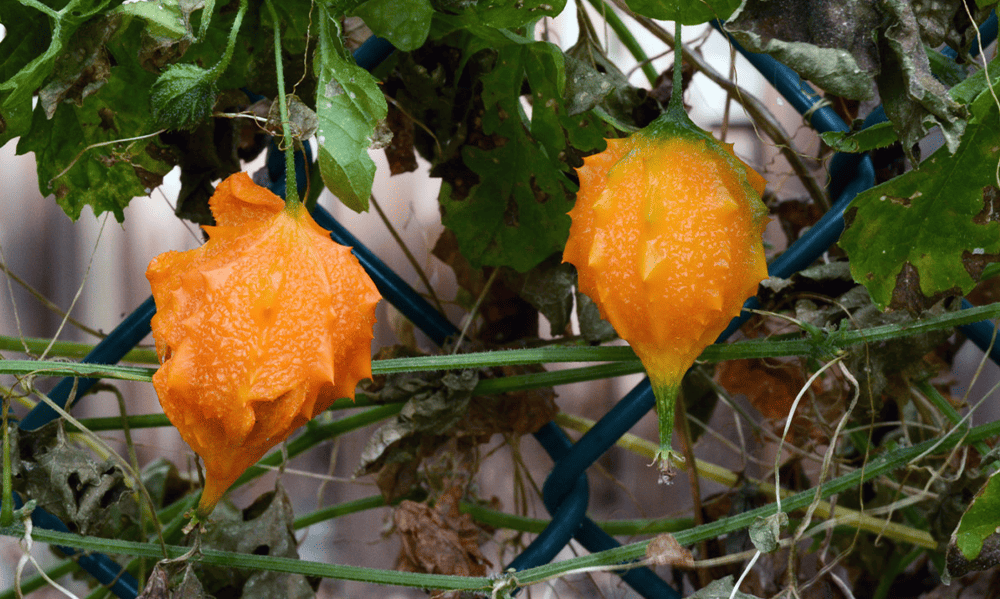The unusual warty vine known as bitter melon or Momordica charantia has long held a place in traditional medicine and cuisine across Asia, Africa, and the Caribbean. Though native to India and China, bitter melon found a second home in the lush valleys of Costa Rica when Chinese laborers brought seeds in the 19th century.
Taking readily to the tropical climate, bitter melon became a staple crop on small farms and used by folk healers for its blood sugar regulating properties. Today, Costa Ricans creatively integrate bitter melon into staple dishes like rice and beans while scientists analyze its bioactive compounds.
As an introduced species, bitter melon’s history in Costa Rica reveals the cultural blending and exchange of plant wisdom across continents. Even while thousands of miles from its ancestral origins, this tenacious gourd and medicinal plant continues spreading its twisting vines and offering its bitter gifts.
Sorosi or Momordica charantia
- Common Name: Sorosí, pepinillo
- Latin Name: Momordica charantia
- Family: Cucurbitaceae
Geo-distribution
Sorosí is widely distributed in tropical regions of the neotropics, as well as the old-world tropics. It is commonly found in Central America and the Antilles, and has been used frequently as a popular folk medicine. In Costa Rica the plant is more often found in the hotter coastal regions, extending into the mid-range elevations of the country. It is commonly found growing along roadsides, lots and pastures, particularly on fences.
Botanical Description
Sorosí is a wild, vining plant of the cucumber or cucurbit family. The leaves are five-lobed palmate in shape, with yellow flowers with five petals and a yellow, cucumber-like fruit covered with soft spines and a wrinkled skin. The seeds are red with a gelatinous cover that many birds feed on.
Medicinal Uses
In Costa Rica, a tea made from the leaves is used externally for treating skin infections. More frequently, the leaves are employed as an infusion taken internally for treating liver and pancreas problems, such as hypoglycemia and diabetes.Women also use an infusion of the leaves internally for stimulating menstruation and as a douche for treating leukorrhea. The fruits are used as a purgative and deworming medicine.
Caution
Despite the above, sorosí should be used only for external application. Research conducted during the 1980s by a team of international ethnobotanists studying folk uses of medicinal plants in the Caribbean region revealed that sorosí contains several highly toxic alkaloids that demonstrate potential toxicity to the liver. The team suspected that the high rate of liver disorders in Jamaican children may have been a result of the popular medication of sorosí by their mothers.
Final Thought
Though most of our folk medicinal plants are safe to use, modern research in plant biochemistry is helping to identify plants that may be potentially harmful to our health.








